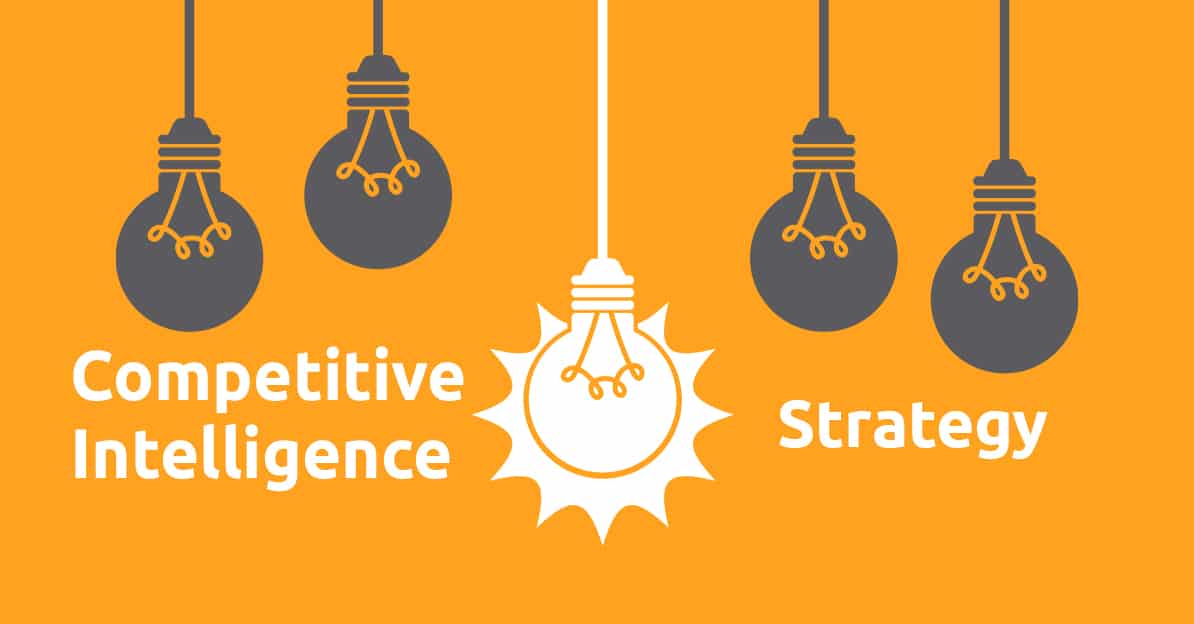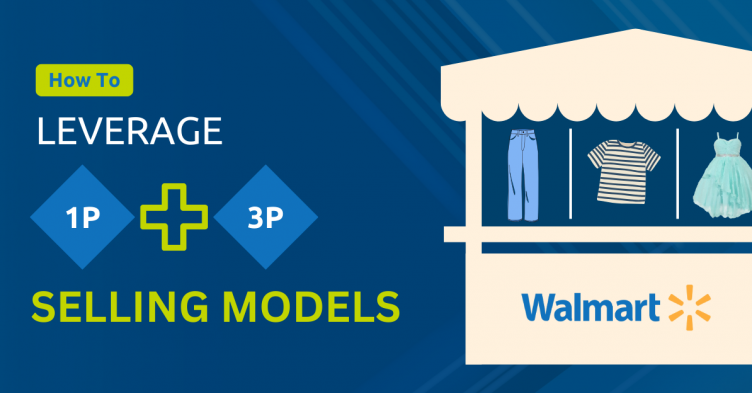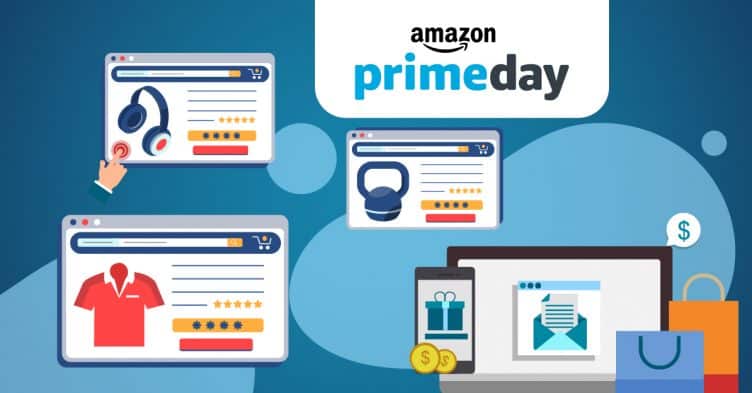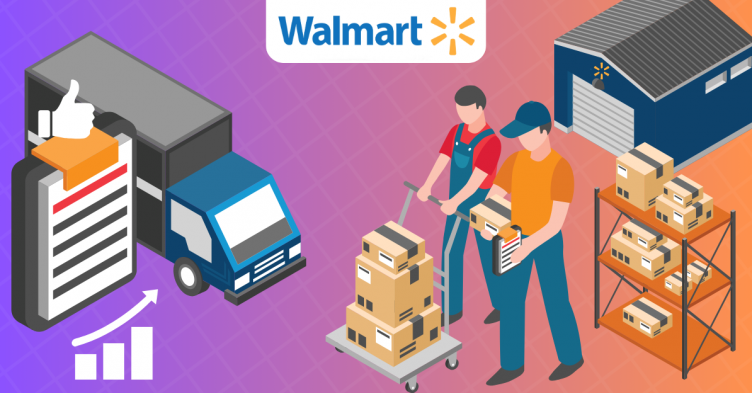E-commerce has grown significantly higher than anyone anticipated due to COVID-19. More and More players are entering the e-commerce market and competing to get market share online. As shown on the graph below, there was a 15% increase in online retail sales from 2018 to 2019 and a whopping 32% increase from 2019 to 2020 in the US. A simple analysis of your keyword competition is inadequate for e-commerce, brands, and agencies to win the top positions in the SERP and to achieve consistent growth in the market. Many other factors impact your brand visibility. Understanding your competitive landscape for total e-commerce performance is inevitable for brands and agencies for smarter and faster e-commerce growth.

Typically, paid & organic advertising teams, e-commerce teams, and pricing teams across the channels work in silos, which have a lower impact and need higher investment for growth. With a unified competitive outlook on your total performance factors i.e., Visibility, Click-ability, and Buy-ability, across the channels, you not only maximize your total e-commerce performance with lower spending but also remove silos between your teams for faster growth. It’s basically like consistently sharpening your ax to cut the trees, ensuring maximum work efficiency and effectiveness.
Competitive Intelligence for E-commerce Performance
Competitive intelligence for total e-commerce performance is the unified visibility of your competitive landscape to understand your competitiveness across your brand’s visibility, click-through rates, and conversion factors across the digital shelf. If you focus on improving your visibility, click-ability, and buy-ability factors in comparison to your competitors across the channels, then you can build the foundation for a great shopping experience for your customer which guarantees your total e-commerce growth.
Align Your Competitive Strategies with Complex Shopper’s Journey
With Cross-Channel Competitive Intelligence, you can ensure a consistent shopping experience for your customers in their complex & messy purchase journey. A unified competitive strategy for total performance across the channels allows brands and retailers to maximize their brand visibility, credibility, and product experience and helps customers shorten their shopping journey by making their purchase decisions easier.
Essentially, your goal is to have the most attractive offers across the digital shelf. With a consistent presence and excellent product experience, you can build a credible and trustworthy brand for your customers. And finally, the icing on the cake is to win great reviews and ratings across the digital shelf. This is just an absolute yet simple mantra of e-commerce success, isn’t it? It just requires having visibility towards your unified competitive intelligence and your teams aligned towards total e-commerce performance strategies.
Now let’s get into the three layers of total performance to build unified competitive intelligence for e-commerce brands and agencies.
- Understand Your Competitive Landscape for Visibility
- Gain an Edge against Competitors by Spying on Click-ability Factors across the Digital Shelf
- Stay Ahead with Excellent Competitive Product Experience
1. Understand Your Competitive Landscape for Visibility
- Categorize your competitors in different segments with marketing intelligence and build strategies. As shown on the graph below, you can get insight into which retailers/brands have the most visibility on each SERP component. This allows you to see your biggest competitors at the top and build your campaign accordingly to beat the competition.

- Analyze competitors, get insights into emerging competitors and advertising activities of strong players like Amazon. Marketing Intelligence allows you to compare specific competitors to see how your visibility stacks up against them on the digital shelf as shown on the graph below.

- As shown on the two graphs below, you can make better decisions by understanding where you have the most visibility versus where you are lacking visibility. Competitive Intelligence lets you build your visibility across the target locations – continent, country, city, and postcode.

- Understand your competitive visibility by intent and seasons. The demand for certain keywords fluctuates throughout the year depending on seasons, trends, popularity, etc. Having insight into the rising and falling of keyword demands, demographics and their competitive landscape allows you to get an edge on your competition.
- Further, dissect your competitive landscape by categories and other product attributes and get a more granular outlook towards your competitive landscape by product segments. A detailed insight into your competitive landscape that further dives into segments, as shown on the graph below, allows you to make better decisions on where you need and want to increase or decrease your ad spending.

- Mobilize budget for excellent mileage – competitive intelligence gives you a detailed overview of your brand’s visibility across the digital shelf. This helps brands to see where they need to increase spending for more market share and where they can decrease spending without losing grounds to competitors.
- Analyze new market segment – Closely monitoring and tracking your competitor’s visibility in the marketplace can help you spot possible opportunity areas where you may not have previously thought of. For example: if a competitor has good visibility for a similar product that you produce in a certain region where you are not present, then you can look into expanding or entering that region.
2. Gain an Edge against Competitors by Spying on Click-ability Factors across the Digital Shelf
- Your e-commerce and advertising team can collaborate to optimize your click-ability factors. Optimizing your click-ability factors improves your click-through rate which can lead to higher conversion and sales that then leads to you winning the buy box more often. This can allow you to increase your margins by increasing the price of the product without compromising your position since you have your click-ability factors optimized.
- Maximize your visibility and clicks with less spending. Understanding the specific areas that you are losing visibility and lacking click-ability factors can significantly reduce the resources and cost of improving them as you minimize wasted efforts.
- Understand the competitive landscape of promotions – special offers, sales, price discounts, shipping promotions, special inventory labels, etc. Comparing the click-ability factors of Macy’s and Amazon on Google (table below) for apparel shows Macy’s products having better reviews and ratings, more discounts, more local inventory ads but a lot less free shipping. This means that they could increase their click-through rate by offering free shipping on more products.

3. Stay Ahead with Excellent Competitive Product Experience
- The highest product experience algorithmically will improve your visibility and click-ability as it not only wins you the buy box or primary seller spot across the e-commerce channels but, it also boosts your conversions significantly. Our competitive product experience provides insights that can be used by your e-commerce and pricing team in conjunction with the ad/marketing team to create the best possible shopping experience for the customer. The table below shows the product experience of 5 large shoe brands across various channels. Brands like Skechers and New Balance have a fairly well-balanced approach across the shelves whereas a brand like Amoji and Clark look like they put much less focus and effort on Walmart and Target.

- Keep track of competitive product availability across the channels. The graph below gives a cross-channel view of the three top brands for jeans. It shows that each brand has spread its efforts differently across the channels. Levi’s products have the most availability on Walmart, Wrangler is more prevalent in Target, and H&M products’ highest availability is in Google.

In Conclusion
The pandemic expedited the increase in competition in the e-commerce retail industry. This means that brands, retailers, and advertisers need to work smarter and more efficiently to succeed and grow in this area. Marketing Intelligence gives a granular view and detailed insight into the competitive landscape that allows you to measure your total e-commerce performance factors (visibility, click-ability, and buy-ability) across the channels. This helps you optimize your marketing budget by maximizing your performance with minimum costs leading to faster growth in your business.



